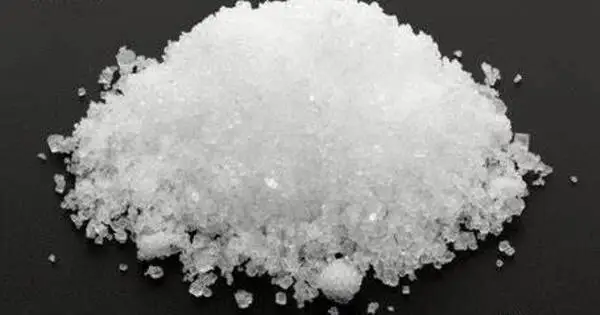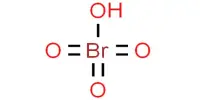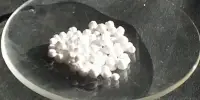Cadmium acetate (Cd(O2CCH3)2(H2O)2 is a chemical compound with the formula Cd(O2CCH3)2(H2O)2. The chemical is available in both anhydrous and dihydrate forms, both of which are white or colorless. X-ray crystallography has only been used to confirm the dihydrate.
It is typically found in the form of a white crystalline solid. It can be dissolved in water and other polar solvents. It has limited applications, however, it may be used in various chemical processes and research. Cadmium’s toxicity limits its use, and substitutes are frequently sought in many industrial processes.
Properties
- Chemical formula: Cd(CH3COO)2 (anhydrous); Cd(CH3COO)2·2H2O (dihydrate)
- Molar mass: 230.500 g/mol (anhydrous); 266.529 g/mol (dihydrate)
- Appearance: colorless crystals (anhydrous); white crystals (dihydrate)
- Odor: acetic acid
- Density: 2.341 g/cm3 (anhydrous); 2.01 g/cm3 (dihydrate)
- Melting point: 255 °C (491 °F; 528 K) (anhydrous) dihydrate decomposes at 130°C
- Solubility in water: soluble (anhydrous), very soluble (dihydrate)
- Solubility: soluble in methanol, ethanol (anhydrous); soluble in ethanol (dihydrate)
Preparation, reactions, and uses
It forms by treating cadmium oxide with acetic acid:
CdO + 2 CH3CO2H + H2O → Cd(O2CCH3)2(H2O)2
It can also be prepared by treating cadmium nitrate with acetic anhydride.
Cadmium acetate has few applications. By reaction with trioctylphosphine selenide, it has often been used as a precursor to cadmium selenide and related semiconductors.
Uses
- Chemical Synthesis: It is used in various chemical reactions and organic synthesis.
- Catalysis: It can be used as a catalyst in certain organic reactions.
- Laboratory Reagent: In laboratories, it may be used as a reagent in the preparation of other cadmium compounds.
Toxicity
Cadmium and its compounds, including cadmium acetate, are toxic. Exposure to cadmium can lead to serious health issues. It is important to handle cadmium compounds with care and follow appropriate safety precautions.















